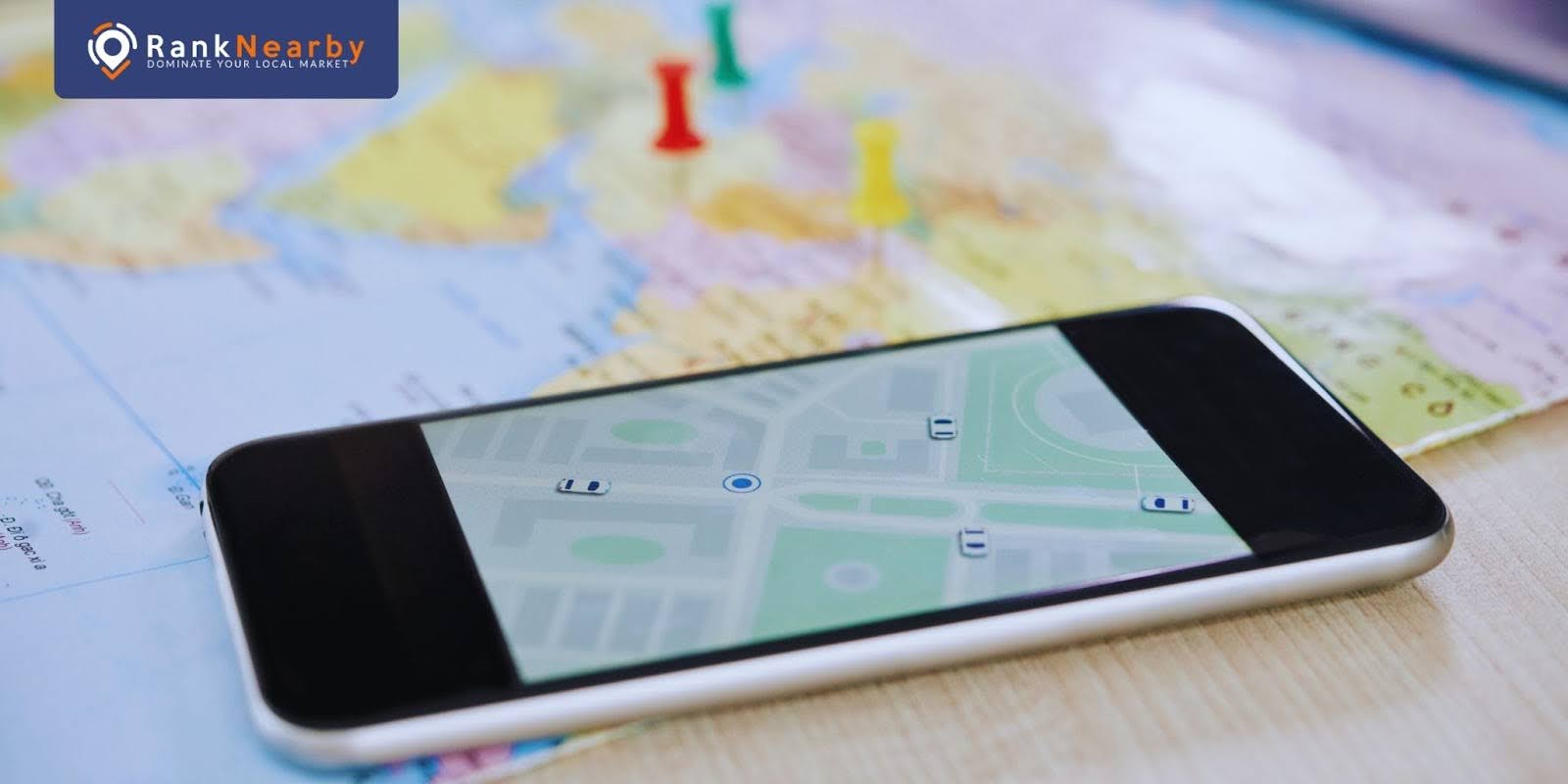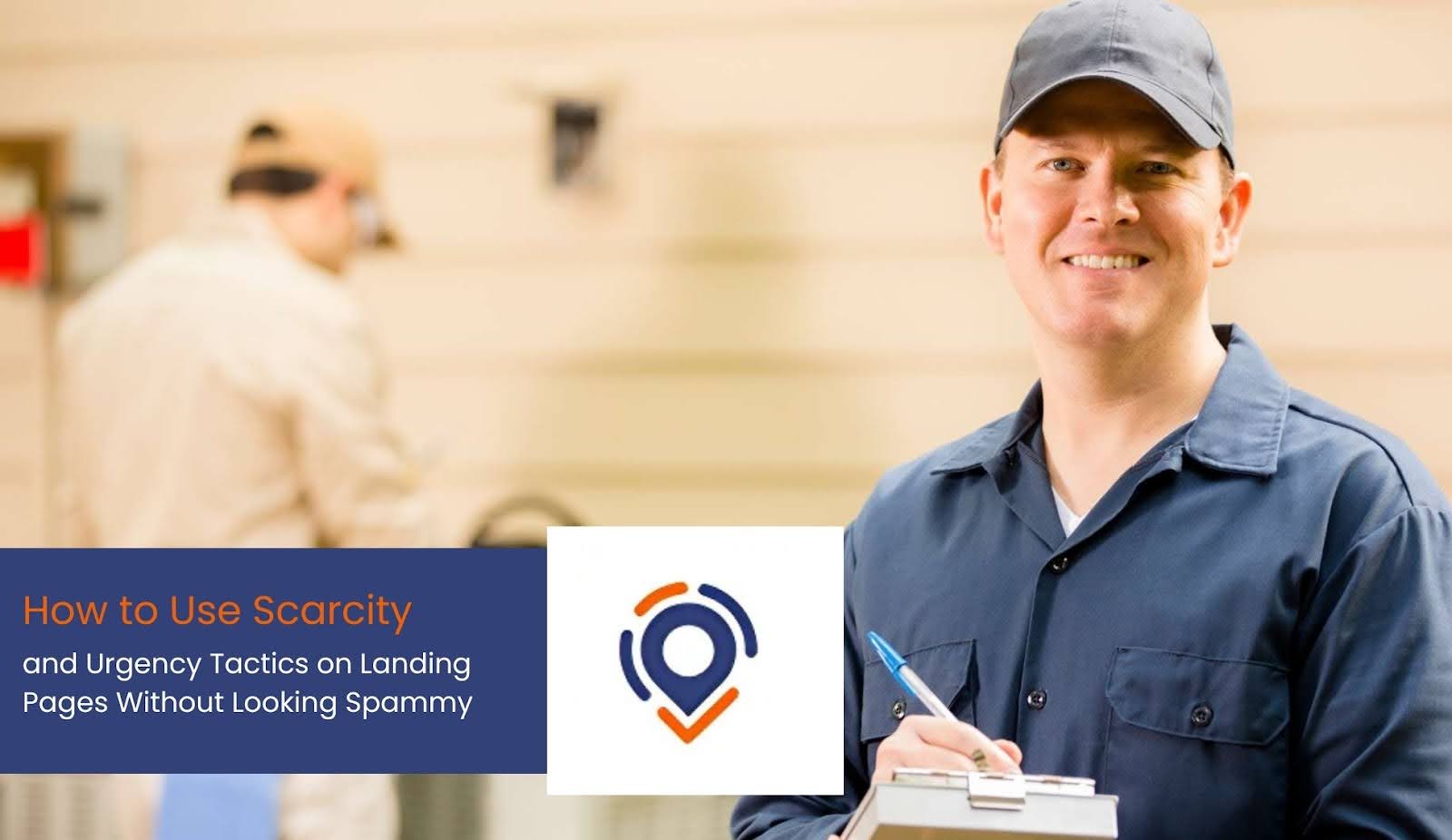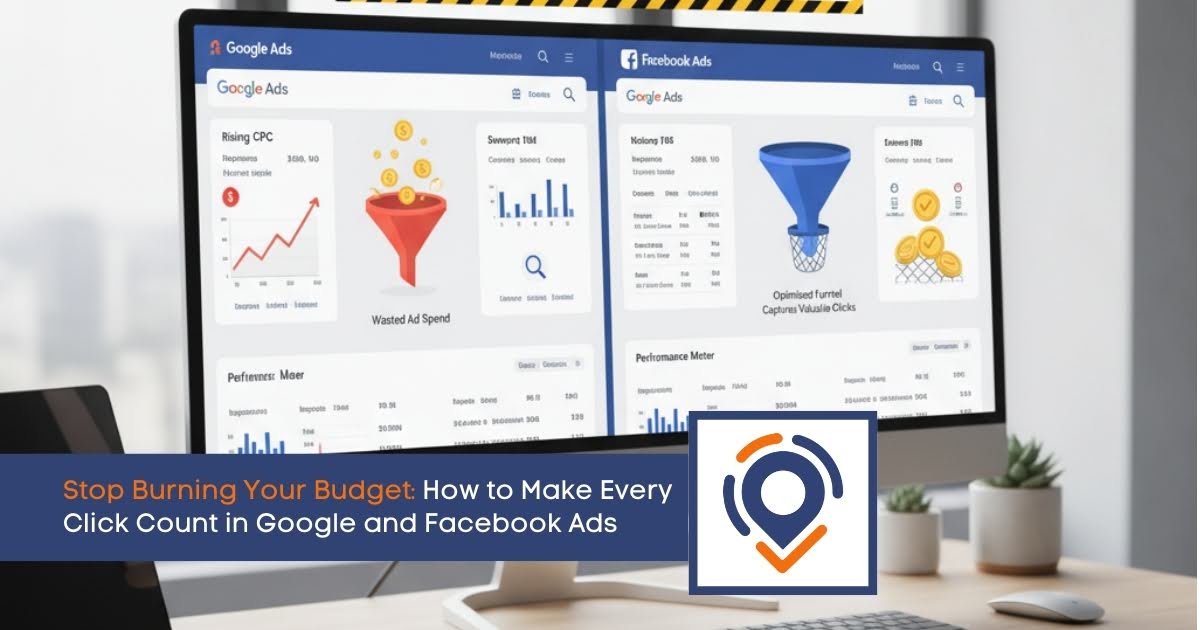For many businesses, especially home service providers, the phrase “Request a Quote” is a default call-to-action (CTA). It’s safe, familiar, and largely ineffective. Why? Because vague CTAs don’t encourage users to take the next step. Conversion-focused landing pages are meant to generate steady, targeted leads. But if your CTA lacks direction or clarity, visitors will likely bounce and head to a competitor.
Let’s explore why a more intentional CTA matters and how better phrasing, clarity, and added value can improve conversions.
“Request a Quote” feels passive, not persuasive.
When users visit a landing page, they are already showing interest. Whether they found you through search or another source, something compelled them to click. But if they’re met with a generic “Request a Quote” button, they may hesitate. Why? Because it doesn’t answer the question: What happens next?
A conversion-focused landing page should guide your visitors. People respond better to action steps that are:
- Clear about the next move.
- Reassuring about what to expect.
- Specific about the benefit.
“Request a Quote” is too open-ended. It doesn’t create urgency, communicate value, or reduce friction.
Give your CTA a purpose, not a button.
Strong calls-to-action act like mini-conversations with your visitors. Instead of simply telling them to ask for something, give them a reason to do so. A CTA should reflect the value of the offer, not the action.
Consider phrases like:
- “Get Your Free Estimate in 60 Seconds”
- “See Pricing Options for Your Home Today”
- “Find Out What Your Project Might Cost”
- “Start Your Custom Plan Now”
These options are more effective because they:
- Tell users what to expect.
- Suggest quick or no-obligation steps.
- Feel personalized.
Use Conversion-Focused Landing Pages with Clear Direction
A well-structured landing page makes it easier for potential clients to engage. It’s not about good visuals; it’s about guiding the user to take action.
Conversion-focused landing pages should include:
- A strong headline that grabs attention.
- A short, relevant paragraph explaining what the service offers.
- Social proof or testimonials.
- Compliance support is required by industry standards.
- A clear, benefit-driven CTA.
For home service companies especially, a landing page should do more than describe services. It should convince users that they’re in the right place—and that getting help is simple and fast.
Add clarity, not complexity.
People don’t want to fill out a form unless they’re confident in the process. Your CTA and copy should make it easy.
Keep the language:
- Simple and conversational.
- Direct about what will happen next.
- Free of corporate jargon or vague promises.
Instead of saying, “We’ll contact you soon,” try: “We’ll call you within 15 minutes to discuss your needs, no pressure.”
That’s the type of detail that reduces friction and builds trust.
Offer More Than a Price Offer Peace of Mind
Especially in regulated industries, sales or services, compliance support is a huge selling point. Gun-friendly hosting companies, for example, often assist with licensing, legal checks, and compliance regulations. If your landing page mentions this clearly, it can become a unique point of value.
Your CTA might include:
- “Get Help With Licensing & Compliance Today”
- “We’ll Walk You Through Legal Steps Start Here”
By showing that you understand what the client needs beyond a quote, you show expertise and commitment.
Give Them a Reason to Stay Or They’ll Go Elsewhere
If your CTA doesn’t feel different from others in your industry, you risk losing leads. Remember, the moment someone leaves your landing page, they might land on your competitor’s—one that offers faster clarity and a better first impression.
So, instead of thinking of your CTA as an afterthought, treat it as the dealmaker.
Better CTAs = Better Leads
To summarize, here’s what your landing page CTA should do:
- Be specific about the next step.
- Communicate time or process expectations.
- Offer additional value (like free advice, compliance help, or a custom plan).
- Reduce mental effort for the user.
If you’re aiming to generate steady, high-quality leads, you can’t afford a vague CTA. Replace “Request a Quote” with something that works harder for your business.
What Your Call-to-Action Should Say Instead
Examples of High-Converting CTA Phrases:
- “Start Your Free Estimate Now”
- “Let’s Talk—No Cost, No Pressure”
- “Get Compliance Support + Pricing Info Today”
- “Book Your Free Consultation in 2 Minutes”
- “Find Out What It’ll Cost Quick + Easy”
These CTAs reflect a commitment to transparency, speed, and real value exactly what users are looking for.
Final Thoughts
A conversion-focused landing page isn’t about layout, it’s about leading your visitor toward action with confidence and clarity. The phrase “Request a Quote” doesn’t deliver enough context or incentive to stand out.
By focusing on strong messaging, compliance support where relevant, and helpful CTAs, your landing page can do more than attract visitors it can turn them into real leads.
Make Your CTA Work Smarter
Generic CTAs don’t drive conversions. If you’re ready to replace “Request a Quote” with CTAs that actually work, Rank Nearby can help. From landing page optimization to compliance-focused strategies, we make sure your message gets results.
Start refining your CTAs and landing pages today at Rank Nearby where real strategy meets real leads.
Frequently Asked Questions
- Why isn’t “Request a Quote” a strong call-to-action?
“Request a Quote” is too vague and passive. It doesn’t clearly tell the visitor what they’ll get, when they’ll get it, or why it matters. Strong CTAs offer specific benefits and create a sense of confidence and urgency.
- What makes a good call-to-action for a landing page?
A good CTA is clear, specific, benefit-driven, and easy to act on. It should communicate what happens next and why the user should take that step now.
- How does compliance support impact landing page performance?
For industries with strict regulations mentioning compliance support on your landing page can build trust. It shows that you understand the process and are equipped to help with licensing and legal requirements.
- Do conversion-focused landing pages really increase leads?
Yes. Unlike generic pages, conversion-focused landing pages are built around one goal: getting the visitor to take a specific action. With the right copy and CTA, they lead to more qualified, ready-to-convert leads.
- Can I use the same CTA across all my marketing campaigns?
Not always. CTAs should be customized to each offer or audience. What works for a free consultation might not work for a compliance-related service. Test and refine based on user behavior and campaign goals.





